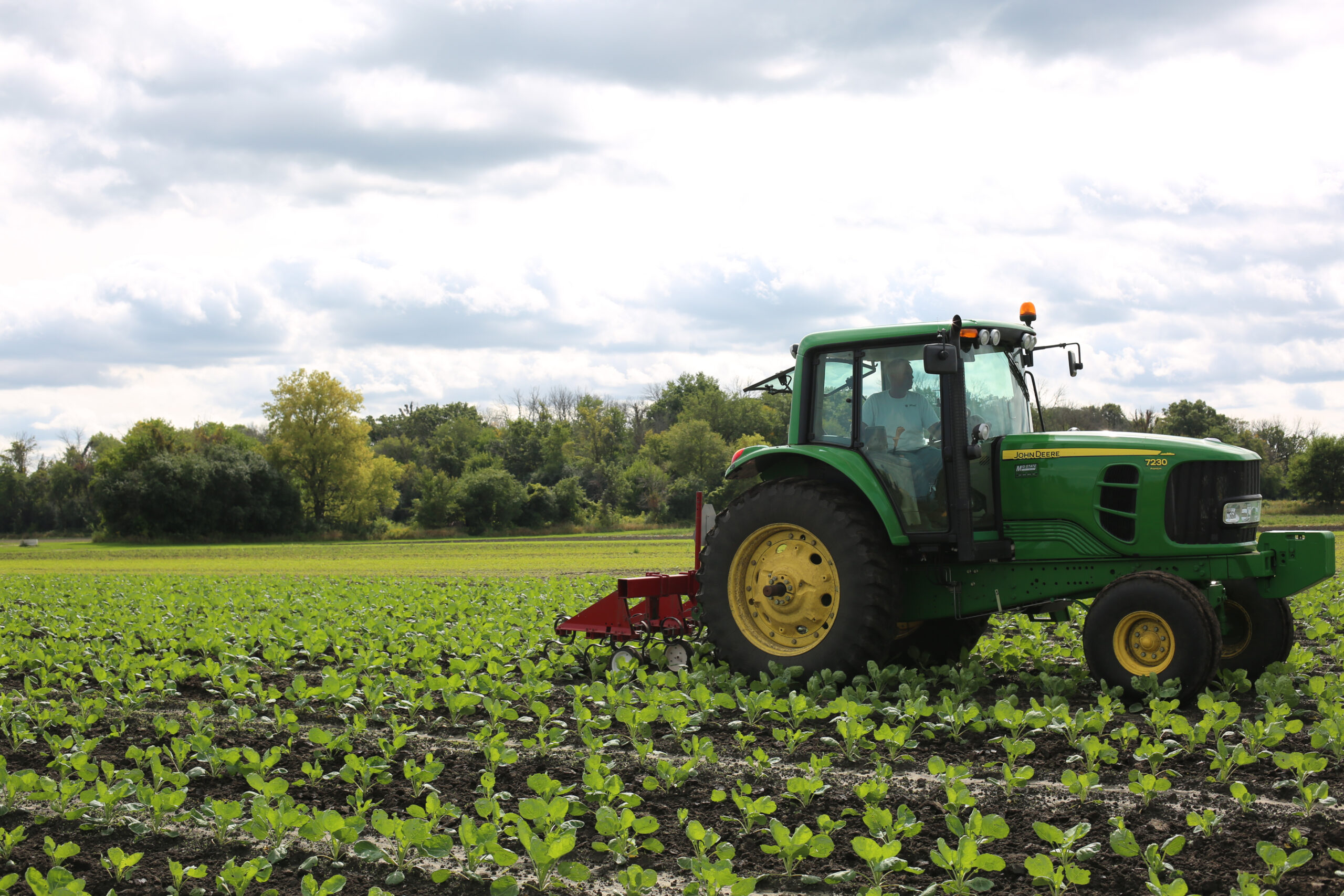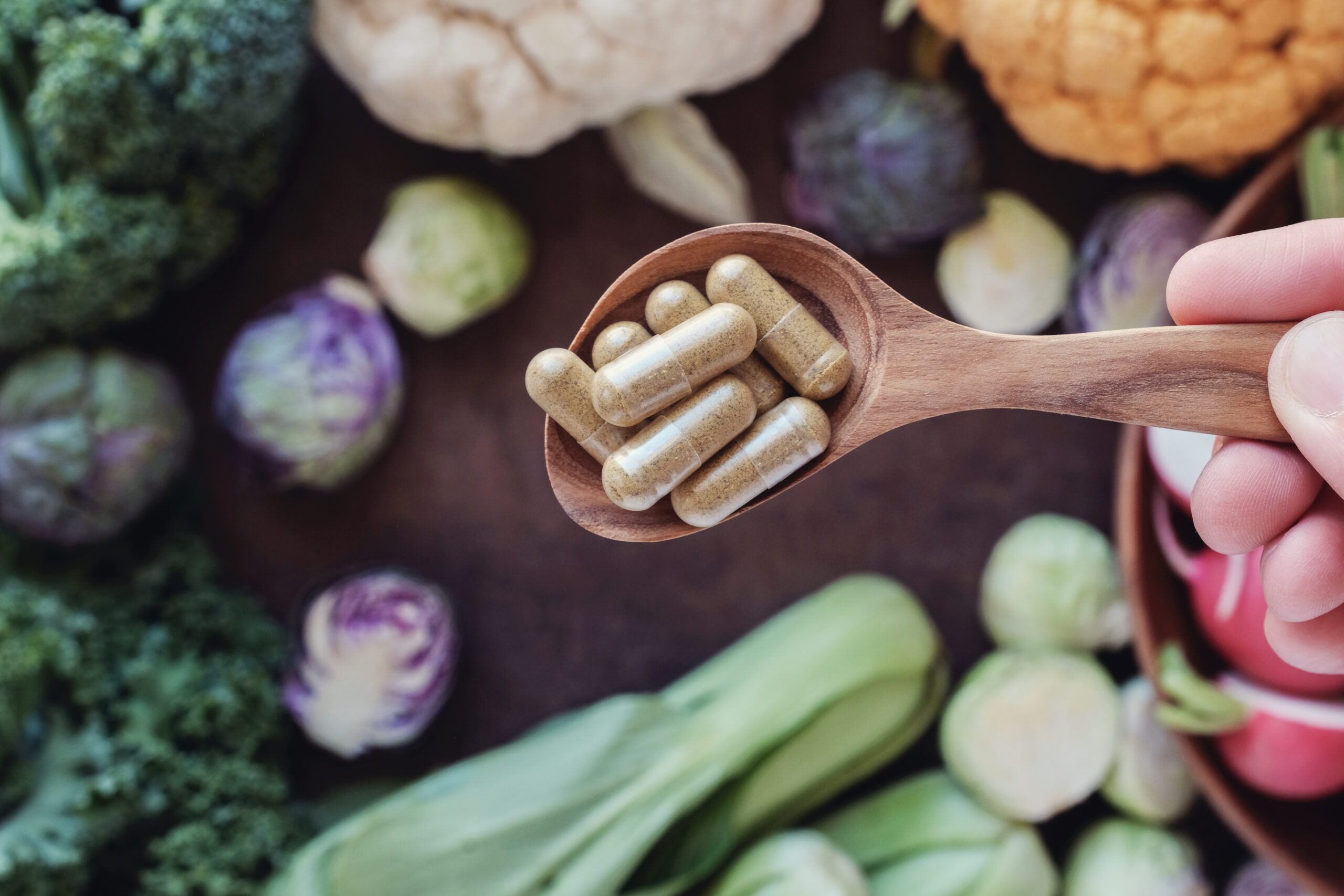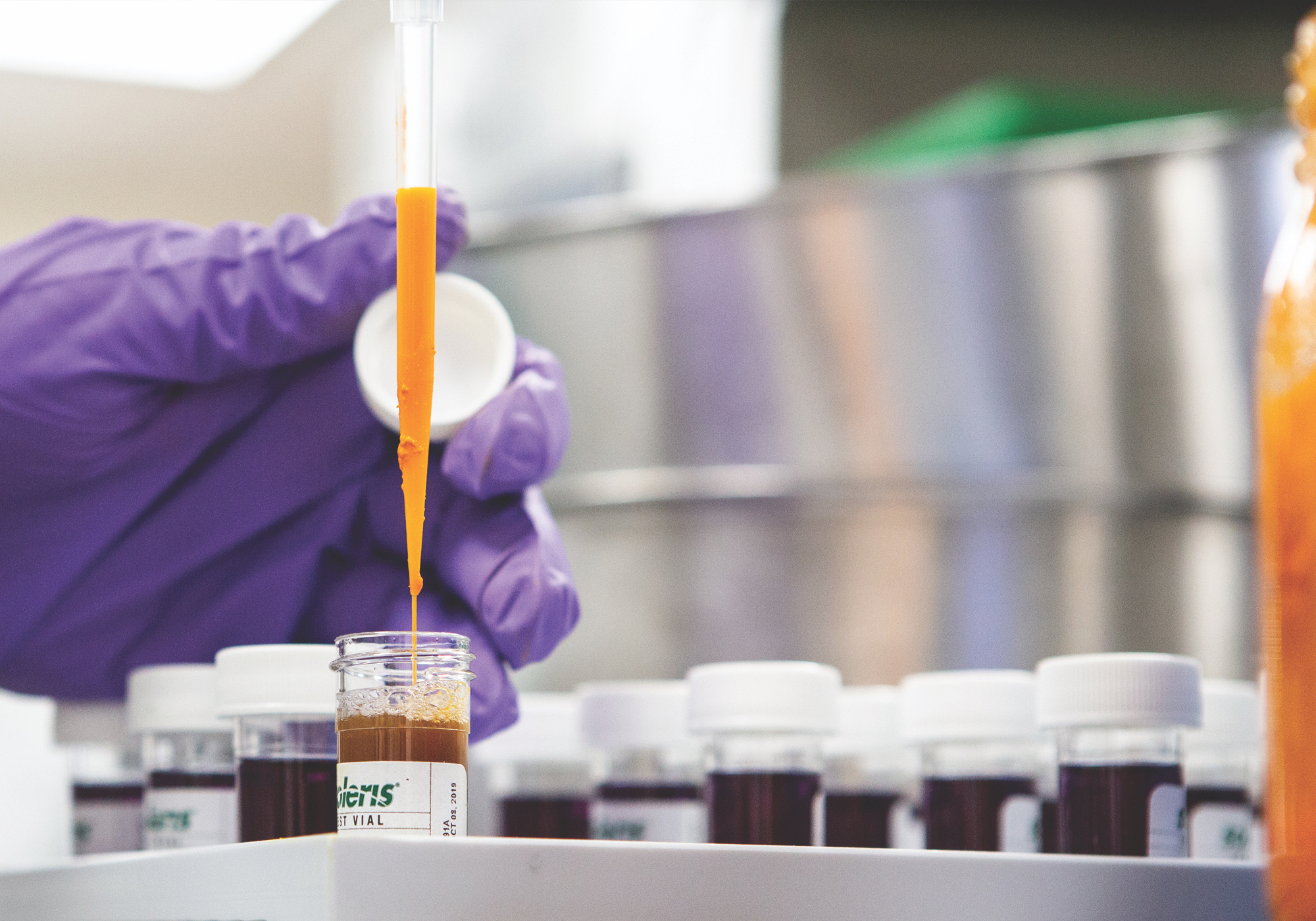Scientific name:Rehmannia glutinosa
Constituents:
- Oligosaccharides (Raffinose type: stachyose & verbascoside)
- Iridoid glycosides (Rehmanniosides A – K: catalpol, acteoside & hydroxyaeginetic acid)
- Ionone glycosides
Medicinal actions:
- Adaptogen
- Anti-inflammatory
- Antioxidant
- Hepatoprotective
- Immunomodulator
Mechanism of Action & Pharmacology:
- Various compounds have been credited with neuroprotective, vascular tonic, and hepatoprotective actions, capable of protecting against ischemia and reperfusion injury, reducing inflammation in animal models of acute pancreatitis, and attenuating tissue injury in animal models of diabetes.
- Iridoid glycosides & Raffinose family oligosaccharides (e.g. stachyose and verbascoside) are credited with immune modulating properties via “prebiotic” effects on the gastrointestinal microbiota, and have been shown to stimulate fibroblast proliferation. Catalpol may induce apoptosis via promotion of caspase and polymerase enzymes, shown to deter human bladder cancer. Rehmannia polysaccharide B is noted to increase the release of interleukin 2 from cytotoxic T lymphocytes and credited with anti-tumor effects.
- Ionone glycosides appear to be responsible for hepatoprotective effects.
Pharmacy:
- Tincture
- Capsules
- Dried root/Powder: May be cooked, fried, decocted or added to food (e.g soup)
Safety & Toxicity Concerns:
- Avoid in pregnancy and lactation due to unknown effects.
Interactions:
- Theoretical interaction with various anti-diabetic agents.







